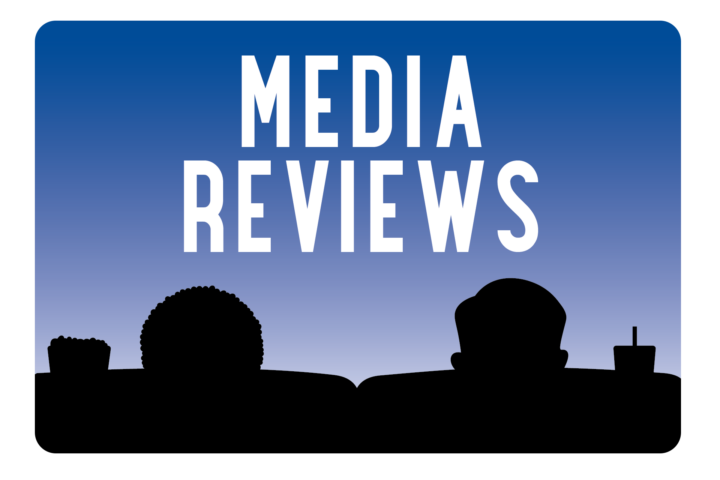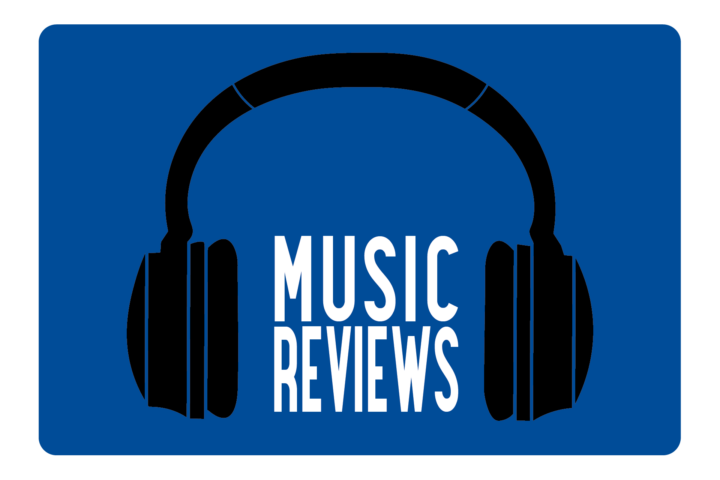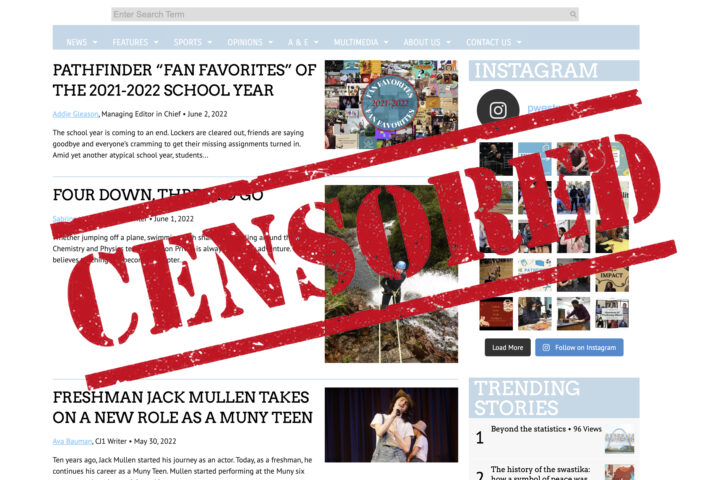This story is syndicated from The Spectator, the newspaper of Stuyvesant High School in New York City, NY. The original version of the story ran here.
It’s been a long day at school, and you’ve just gotten home. You pull out your phone for some well-deserved downtime, and a black square with a bright musical note in the center catches your eye: TikTok. Or maybe you head over to Instagram, or check Twitter, or see what’s trending on YouTube. Either way, as you interact with media through a variety of platforms, you are constantly absorbing information—some of which is entertainment, but much of it news or opinions. A scroll leads you to an explanation of the latest election updates—why would you conduct further research when a one-minute video clip is right there, sandwiched between a cute cat reel and a makeup tutorial?
The convenience of social media platforms makes them an almost automatic source of news. But when users aren’t careful, these outlets can become breeding grounds for misinformation and political echo chambers.

The popularity of social media rests on its algorithms, which are designed to maximize engagement. This is done by curating content tailored to a user’s interests and preferences. “Social media, I’d say, sort of democratizes politics to an extent, but it does have the effect of creating bubbles of shared political beliefs,” senior Muhib Muhib said.
Consequently, users are stuck in a polarized environment where differing viewpoints or alternate portrayals are rarely encountered. It’s in the platforms’ best interest to keep users scrolling. In order to do this, the algorithm aims to provide content most similar to what the user has previously interacted with. Simple actions such as video replays are tracked. Especially with political content, constantly consuming the same sources can lead to misinformation. When one’s existing beliefs are always affirmed, it can lead to a narrower view of the world.
In addition, because social media is so accessible, users are less likely to take the additional effort needed for research and corroboration. The simplified, digestible format of social media posts can create an illusion of being well-informed, though users may only be getting surface-level coverage of complex political issues.
Not only may news on social media be oversimplified, but it can also be inaccurate. Many are quick to repost information that they see on social media without fact-checking. This can impact the beliefs of their followers, who may be more inclined to believe the information because it comes from a trusted friend. “[Information] can kind of get twisted a little bit, and information that is presented one way can end up as not quite fact […] And so sometimes what people post isn’t always 100% reliable,” sophomore Tessa Haidu said. “[People] post random news without a source […] occasionally you’ll just see giant chains of 40 posts.” Misinformation is almost too easy to repost, and its repeated exposure makes it seem all the more credible.
Thus, media literacy has become far more necessary in today’s digital age. In past decades, the news came from sources such as radio, television, or print, which ideally had teams of people dedicated to fact-checking and adhering to journalistic standards. However, students today tend to be far more isolated from traditional news. This is, in part, due to the alteration of newspaper revenue models from local advertisements—which helped balance news coverage and mitigate far-leaning coverage as they couldn’t afford to alienate their sponsors—to subscriptions, resulting in a sort of “audience capture” phenomenon. Those who do decide to invest in subscriptions tend to be more politically-oriented already; hence, newspapers tailor their content to appeal to their paying audience. “There’s not only considerable bias, but a lot of traditional media is for profit, and that often influences their editorial policies,” Muhib said. “Most famously, the New York Times has done a lot of cautious shifting towards [the left] especially on trans issues and Democrats in general. And it sort of seems like a for-profit move.”
“Articles lie sometimes, and facts can be easy to distort in a way that may not be fully representative of what it actually means, depending on the biases of whoever’s writing it, because everyone has biases,” Haidu said. Many students, including Haidu, take advantage of the subscription to the New York Times offered to all Stuyvesant students. Though better than a sole reliance on social media, depending on a single source of media is not nearly enough to understand the full picture of a complex political issue.
The tough truth is that accountability takes effort, and the push to take that effort needs to be created in schools from an early age, especially as the audience on social media gets increasingly younger. In our democratic society, being educated on current events is paramount. “Reliable information is actionable,” AP US Government and Politics teacher Dr. Brando said. “We need to look no further than the disinformation and misinformation that abounded during COVID-19—our very lives depended on getting credible information.”
Though we are no longer in a global lockdown, the need for media literacy still remains, especially in the midst of the election cycle, where voting decisions can depend significantly on the information we hear.
Over the past few months, the term “Kamala Harris brat summer” was coined in response to Harris’s announcement to run for the presidency. On platforms such as TikTok and Instagram, a wave of viral content featured newly released music from the electro-pop album brat played over clips of Harris. Her zany persona has galvanized young supporters on these sites.“I don’t think that we should begin and end with brat summer,” Dr. Brando said. “But if it engages, is an invitation to bring in young or old people who normally would’ve been disengaged, that’s good.” The key is that social media phenomena like “brat summer” should be the hook to encourage consumers to do their own research, which requires active participation and critical thinking.
We often look for the biggest shortcut, but that is antithetical to critical thinking. “Critical thinking means doing the hard work and looking at different sources and reflecting on them,” Brando said. “Are there corrections? Do their sources have corrections? Are they transparent? Do they talk about conflicts of interest, who their sponsors are?” In order to navigate this complex landscape of information, integrating both media and social media literacy into education is crucial to fostering a safe and active citizenry.



